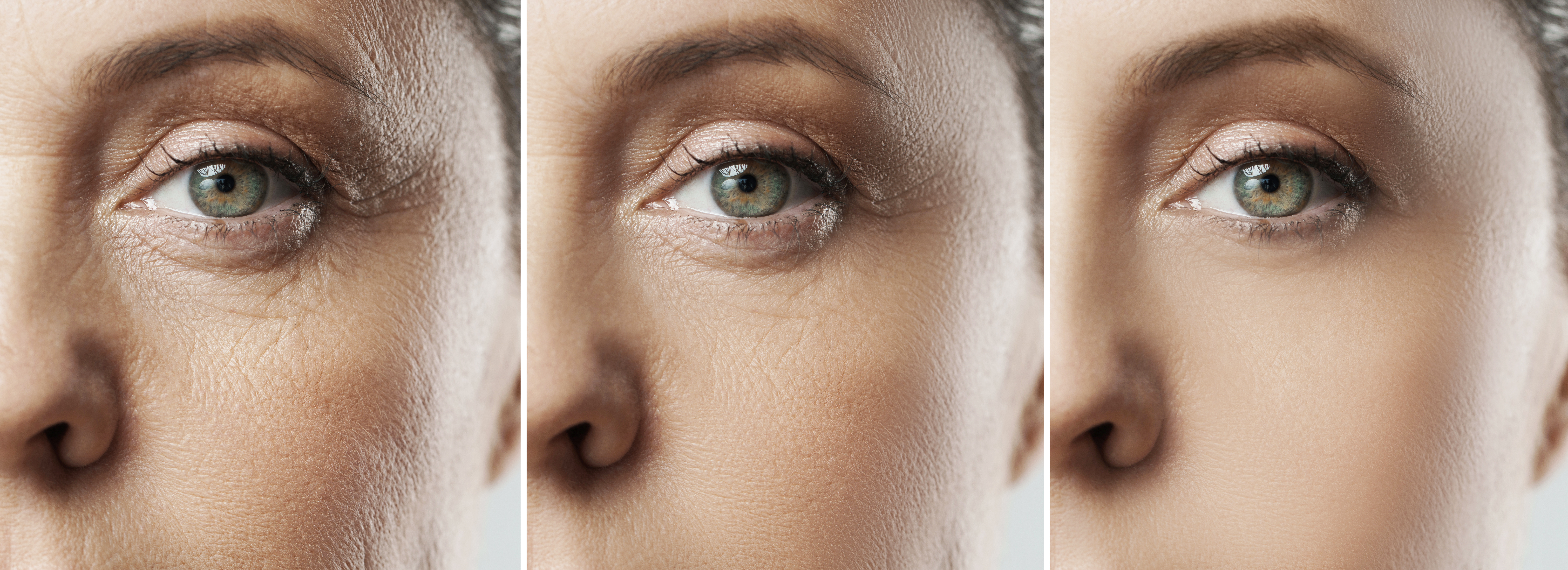Understanding the Difference
The pursuit of youthfulness and beauty has taken an intriguing turn as the world of cosmetic procedures continues to evolve. More than ever, individuals are seeking non-surgical solutions to address signs of aging and improve their overall appearance. In the realm of aesthetic medicine, two contenders have emerged: polynucleotides and dermal fillers. As we delve deeper into the science of skin rejuvenation, it becomes clear that understanding the nuances of these treatments is key to making informed choices about personal skincare regimens.
Understanding Dermal Fillers
Dermal fillers are a well-established category of injectable products designed to restore volume and fullness to the face, reducing the appearance of fine lines and wrinkles. Commonly made with hyaluronic acid, a natural substance found in the skin, fillers can give an immediate, albeit temporary, lift and volumizing effect.
The Purpose of Dermal Fillers
The primary goal of dermal fillers is to treat localized volume loss, usually around the mouth, cheeks, or under the eyes. By injecting hyaluronic acid or other compatible materials into the skin, practitioners can enhance contours and minimize the creases that give away the passage of time.
Common Types of Dermal Fillers
There are several types of dermal fillers, differentiated primarily by their chemical composition and the depth at which they are injected. Hyaluronic acid fillers like Restylane, Juvéderm, and Belotero are popular choices due to their safety and versatility, varying in density and cohesiveness to target different concerns.
Benefits and Limitations
Dermal fillers are acclaimed for their immediate results and versatility in treating a wide range of cosmetic concerns. However, they do require maintenance, with effects lasting from six months to two years, depending on the formulation and the individual’s metabolism. Despite the high safety profile of hyaluronic acid fillers, there are potential side effects, such as bruising, swelling, and in rare cases, granuloma formation.
Introduction to Polynucleotides
Polynucleotides, or PDRN, is a relatively new entry in the field of non-surgical aesthetics. This injectable solution is derived from salmon DNA and is purported to stimulate natural repair processes in the skin, promoting smoother, more elastic tissue over time.
How Polynucleotides Work
Polynucleotides work at a cellular level, enhancing fibroblast activity and collagen production. This essentially means that, unlike dermal fillers, they provide a long-term benefit by improving skin quality, reducing roughness, and increasing hydration levels. The result is a more youthful and rejuvenated appearance – naturally.
Benefits and Limitations
One of the main selling points of polynucleotides is their regenerative properties. They are promoted as a holistic approach to anti-aging – without adding foreign substances to the body. The main limitation lies in their relative newness, which means they still lack the extensive clinical data and proven track record of hyaluronic acid fillers.
Comparing Polynucleotides and Dermal Fillers
When considering polynucleotides and dermal fillers, several aspects come into play, each catering to different preferences and skin needs.
Effectiveness in Anti-Aging
Dermal fillers are immediate and effective at restoring lost volume, which can give a dramatic anti-aging effect. Polynucleotides, on the other hand, work gradually and subtlety over time, targeting the underlying causes of aging for more lasting changes.
Safety Profile
Both treatments have a good safety record, but the fact that polynucleotides are derived from a natural source may lead some to view them as a safer, more biocompatible option for long-term use.
Longevity and Maintenance
Fillers provide results that are immediately noticeable and can last for varying durations. Polynucleotides offer results that improve over several months and might necessitate a series of treatments for optimal and sustained results.
Natural-Looking Results
Polynucleotides promote the skin’s natural healing processes, which often results in a more subtle look over gradual improvements. Dermal fillers can provide a more significant change that is immediately apparent.
By weighing these factors against individual preferences and skin needs, one can make a more informed decision about the type of treatment that resonates most with their vision of skin rejuvenation.
Choosing the Right Treatment
Selecting between polynucleotides and dermal fillers is not a one-size-fits-all decision. To ensure that your journey to youthful skin is as effective and safe as possible, it’s crucial to consider various factors such as treatment goals, skin type, and budget. Most importantly, consult with a skilled practitioner who can offer personalized advice and a treatment plan tailored to your needs.
Factors to Consider
- Skin Condition: Dermal fillers are best for treating specific concerns that require immediate volume correction, while polynucleotides may suit those looking for more generalized skin improvement over time.
- Treatment Expectations: If a quick fix is desired, dermal fillers may be the preferred option. For those willing to invest in gradual, natural enhancements, polynucleotides could be the answer.
- Previous Procedures: Individuals with a history of adverse reactions to dermal fillers might find polynucleotides a potential alternative.
- Budget and Time: Dermal fillers often require less financial and time commitment upfront but need to be repeated regularly. Polynucleotides treatments are typically spread out over several months but may require fewer visits in the long run.
Conclusion
Navigating the world of non-surgical aesthetic procedures can be both exciting and potentially overwhelming. By understanding the distinct features and applications of polynucleotides and dermal fillers, individuals can make educated choices that align with their personal preferences and long-term skincare goals. Nevertheless, the recommendation remains the same – a partnership with a knowledgeable skincare professional who can guide you towards the best treatment path, one that is as unique as you are. When it comes to unlocking the full potential of your skin’s vitality, the decision between these treatments should always be both personal and well-informed.
Speak to one of the experts at The Aesthetics Room about Polynucleotide treatments
Trust in The Aesthetics Room
The Aesthetics Room is a certified and reputable provider of skin, body, and hair treatments, with trained professionals administering treatments in its Knightsbridge branch. With in-person and virtual consultations available, speak to a member of the team for free today about the clinic’s extensive list of beauty and medical treatments.
If you’re still not convinced that The Aesthetics Room is for you, check out the clinic’s multiple five-star reviews and testimonials.




